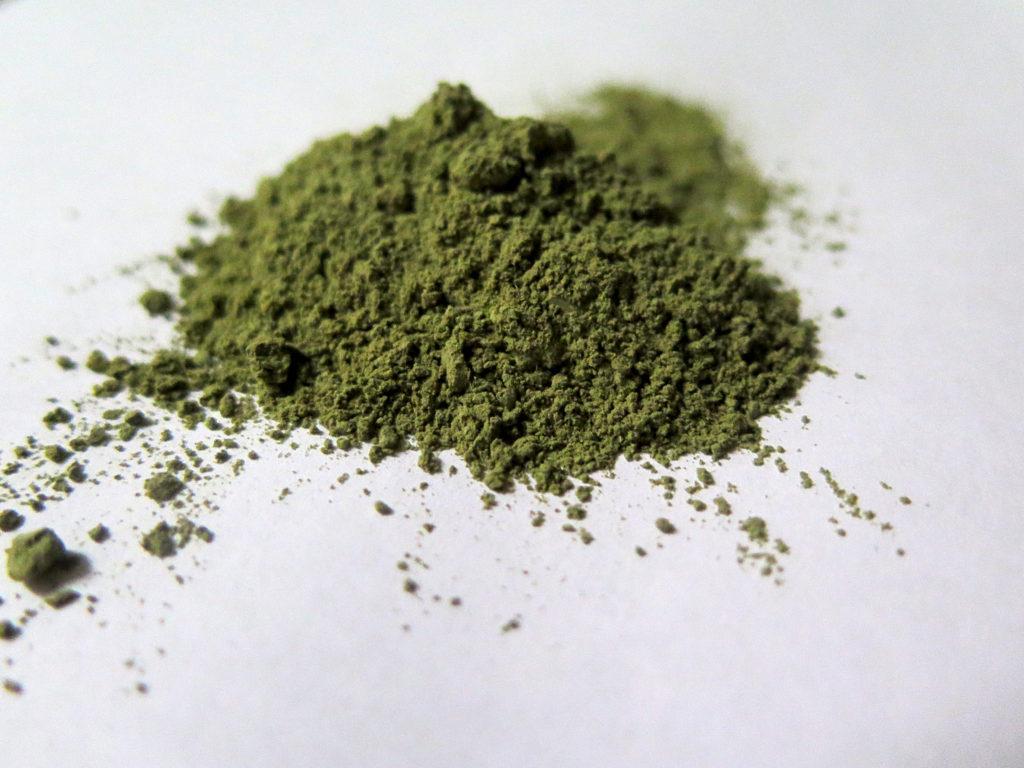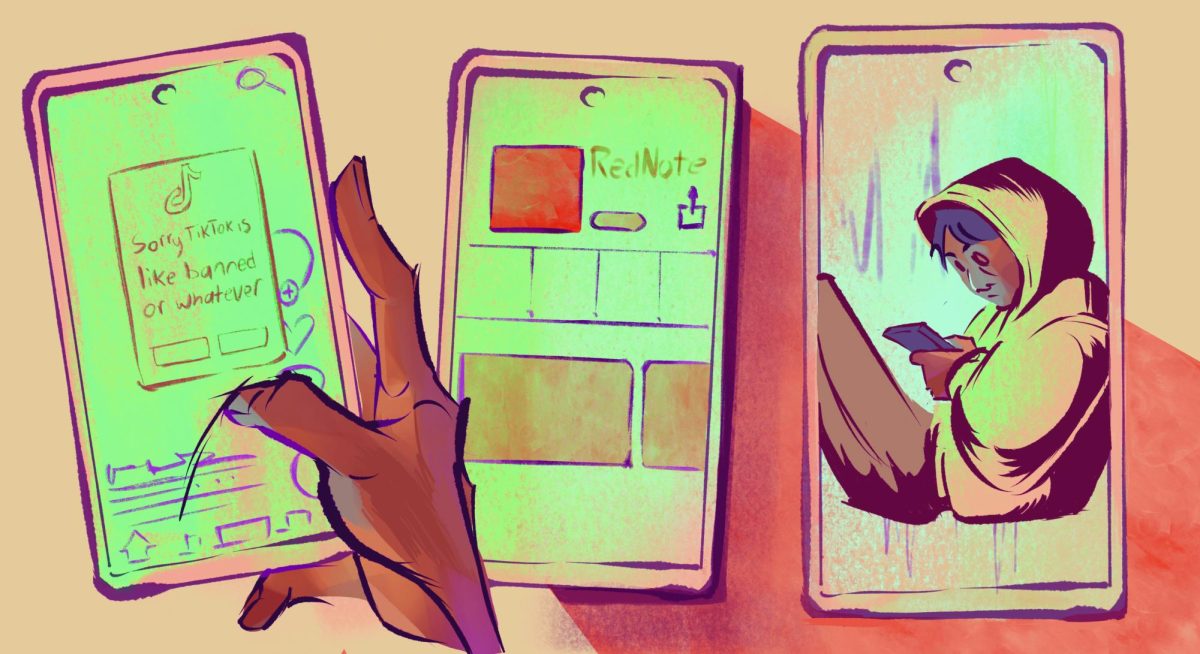
By John C. McClanahan
Editor-at-Large
Opiate abuse has ravaged the U.S. for decades. From 1999 to 2017, over 400,000 people died from an overdose involving an opiate, according to the Centers for Disease Control and Prevention, and on average, 130 people die from an opiate overdose each day. Opiates are addictive and users often find quitting difficult.
Whether the substance is a pill prescribed by a doctor or fentanyl-laced heroin peddled by a street dealer, millions of people are hooked on opium-derived chemical compounds. In 2016, about 11.5 million Americans used nonprescribed narcotic pain relievers – more than the 948,000 people who used heroin that year, according to the National Institute of Health.
But as an opiate epidemic wreaks havoc in the U.S., some Americans are looking for alternative ways to treat their pain without becoming drippy-nosed addicts. Ingesting compounds found in botanicals instead of synthetic chemicals, such as hydrocodone or oxycodone, might be a way to curb opiate abuse.
ETHNOBOTANICAL
For hundreds of years, farmers of southeast Asia have used kratom, a tropical tree that contains compounds that have mind-altering effects, to combat fatigue and improve work productivity. Nowadays, users consume the plant worldwide for its stimulating effects and as an opiate substitute, according to the CDC.
Users typically ingest kratom by chewing the plant, brewing dry leaves into a tea or swallowing the plant’s powdered extract in gel capsules.
In recent years, kratom has become popular in the U.S. and Europe, where the plant is sold in dry form in smoke shops and over the internet, according to The Journal of the American Osteopathic Association. Some people claim the plant has pain-relieving properties like opiates, though kratom is not in the same drug class.
Kratom, which is part of the coffee plant family, has two key active chemicals, mitragynine and 7-hydroxymitragynine, according to the National Institute on Drug Abuse. Both chemicals act in ways similar to opiates and stimulants, such as caffeine. In smaller doses, kratom works as a stimulant. But in larger doses, the herb produces sedating effects like pain killers.
THERAPEUTIC PLANT
In May 2018, Mother Jones reported a story on Susan Ash, who became addicted to prescription opiate pain killers to treat her Lyme disease. According to Mother Jones, as her addiction worsened, she started to snort her medication, which included the powerful opiate oxymorphone.
When Ash ran out of medication, she would often sweat and shake from withdrawal. “I’m sick. I’m in so much pain,” Ash wrote in an online Lyme disease support group, according to Mother Jones. “I feel like I’m going to die.”
Through the support group, someone online suggested Ash use kratom to cope with her withdrawals. And after she kicked opiates, she began taking the herb daily as a supplement.
“[In] literally two weeks, I became a productive member of society,” Ash said, according to Mother Jones.
DRUG OF CONCERN
Kratom users should know it is not regulated or approved by the Food and Drug Administration.
In recent years, kratom has popped up on the government’s radar. On Nov. 14, 2017, the FDA issued a public health advisory, warning that kratom’s similar effects to opiates carry the same risks, including addiction and death, according to VICE.
“After more than a decade of increasing kratom use in the U.S., the FDA is pointing to fewer than 40 deaths coincident with kratom use, none of which were definitively caused by kratom, and calling the plant ‘deadly,’” Marc Swogger, a psychologist and kratom researcher, said, according to VICE. “This is hyperbole, and it’s confusing and irresponsible.”
Many states, including Alabama, Arkansas, Indiana, Rhode Island and Vermont, as well as Washington, D.C., have banned the herb, according to the Botanical Education Alliance, an organization dedicated to educating consumers, lawmakers and media about natural benefits of kratom.
Kratom is on the Drug Enforcement Agency’s drugs of concern list. According to the DEA, kratom “can lead to psychotic symptoms, and psychological and physiological dependence.”
From 2011 to 2017, the National Poison Center received 1,807 overdose calls for kratom exposure, according to the CDC. On March 11, the CDC reported that 91 overdose deaths over an 18-month period were linked to kratom based on data collected from the State Unintentional Drug Overdose Reporting System, or SUDORS.
However, most of the reported overdoses included kratom in combination with other drugs such as heroin or fentanyl, according to the CDC report. And only seven of the reported overdoses included kratom as the only substance ingested. Out of the over 27,000 overdose deaths tallied by SUDORS from 2011 to 2017, kratom exposure accounted for less than 1%. Most of the users who overdosed also used other drugs – mostly opiates.
“In approximately 80% of kratom-positive and kratom-involved deaths in this analysis, the decedents had a history of substance misuse, and approximately 90% had no evidence that they were currently receiving medically supervised treatment for pain,” according to the CDC.
TAKE WITH CAUTION
People who seek alternatives for opiates might still be susceptible to addictive behavior.
Kratom is an intoxicant and users should mind how much and how often they are taking it. People who consume intoxicants, such as alcohol or nicotine, generally do not guzzle a fifth of whiskey or chain-smoke a pack of cigarettes in 20 minutes. Kratom users should take the substance with a dose of responsibility, too.
The DEA’s attempt to halt kratom has not detoured retailers, who often sell it as an herbal supplement. Within the last few years, the number of U.S. businesses selling the herb has increased. According to a 2016 survey by the Botanical Education Alliance, the kratom industry in the U.S. is worth at least $1.3 billion – evidence that more and more people are using and selling the plant.






